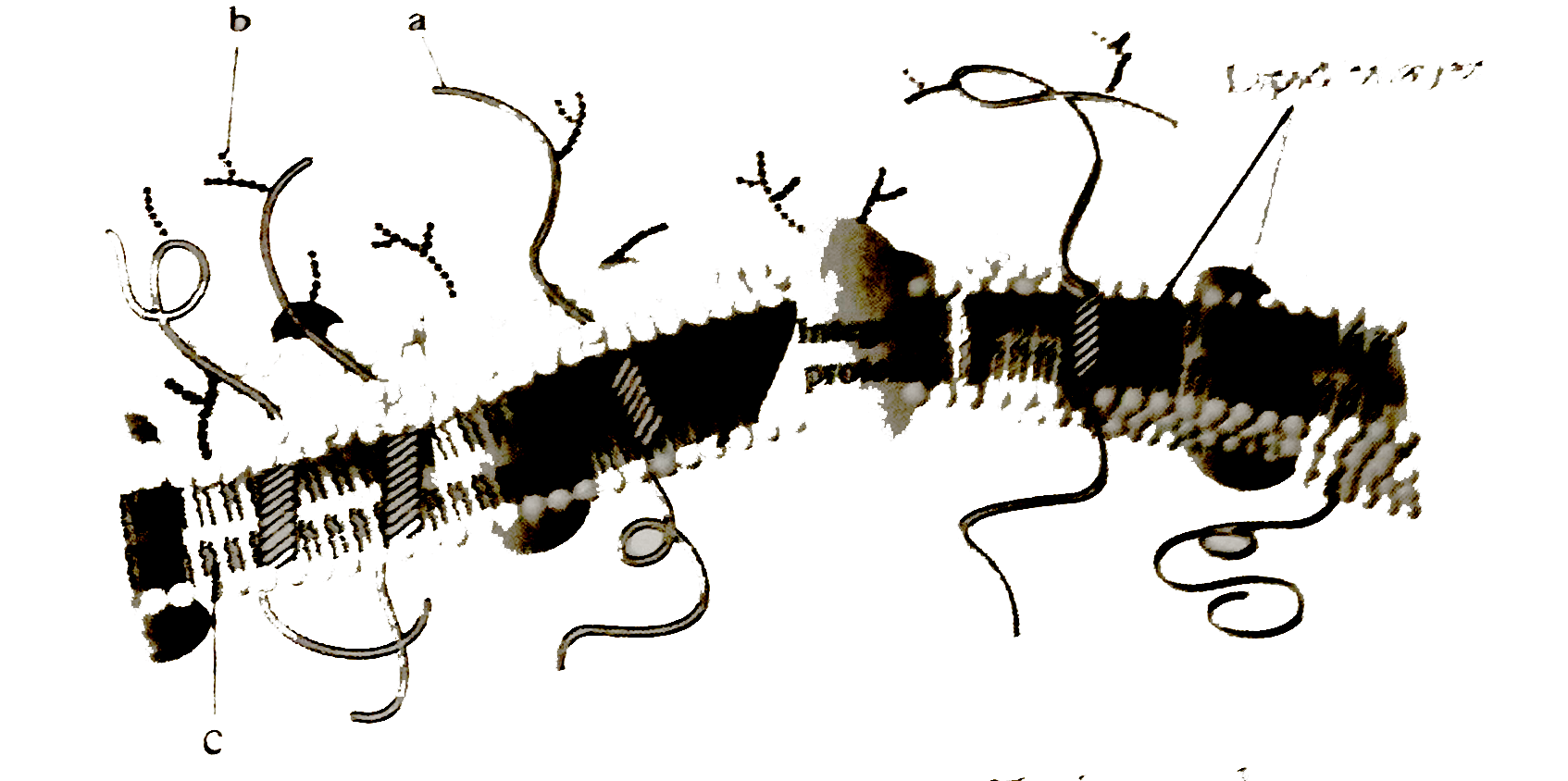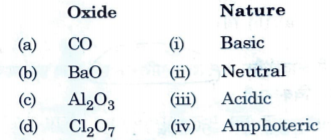Which of the following is crystalloid
Egg albumin
Starch
Glucose
Gum
The correct Answer is:C
To determine which of the given options is a crystalloid, we need to understand the definitions and characteristics of colloids and true solutions (crystalloids).
1. Understand the Definition of Crystalloid:
- A crystalloid is a type of true solution that can pass through a semi-permeable membrane. It consists of small particles that are typically less than 1 nanometer in size.
2. Identify the Given Options:
- A) Egg albumin
- B) Starch
- C) Glucose
- D) Gum
3. Analyze Each Option:
- A) Egg Albumin: This is a protein and forms a colloidal solution. It does not pass through a semi-permeable membrane easily, so it is not a crystalloid.
- B) Starch: Starch is a polysaccharide and also forms a colloidal solution. It cannot pass through a semi-permeable membrane, so it is not a crystalloid.
- C) Glucose: Glucose is a simple sugar and forms a true solution. The size of glucose molecules is less than 1 nanometer, allowing it to pass through a semi-permeable membrane. Therefore, glucose is a crystalloid.
- D) Gum: Gum is a complex carbohydrate and forms a colloidal solution. It cannot pass through a semi-permeable membrane, so it is not a crystalloid.
4. Conclusion:
- Among the options provided, only glucose qualifies as a crystalloid.
Final Answer:
C) Glucose
- A crystalloid is a type of true solution that can pass through a semi-permeable membrane. It consists of small particles that are typically less than 1 nanometer in size.
- A) Egg albumin
- B) Starch
- C) Glucose
- D) Gum
- A) Egg Albumin: This is a protein and forms a colloidal solution. It does not pass through a semi-permeable membrane easily, so it is not a crystalloid.
- B) Starch: Starch is a polysaccharide and also forms a colloidal solution. It cannot pass through a semi-permeable membrane, so it is not a crystalloid.
- C) Glucose: Glucose is a simple sugar and forms a true solution. The size of glucose molecules is less than 1 nanometer, allowing it to pass through a semi-permeable membrane. Therefore, glucose is a crystalloid.
- D) Gum: Gum is a complex carbohydrate and forms a colloidal solution. It cannot pass through a semi-permeable membrane, so it is not a crystalloid.
- Among the options provided, only glucose qualifies as a crystalloid.
C) Glucose
Topper's Solved these Questions
- BOOK - NARAYNACHAPTER - SURFACE CHEMISTRY EXERCISE - EXERCISE - 334videos
SURFACE CHEMISTRY
- BOOK - NARAYNACHAPTER - SURFACE CHEMISTRY EXERCISE - EXERCISE - 422videos
SURFACE CHEMISTRY
- BOOK - NARAYNACHAPTER - SURFACE CHEMISTRY EXERCISE - EXERCISE -2 (H.W. ) CATALYSIS5videos
SURFACE CHEMISTRY
- BOOK - NARAYNACHAPTER - SOLUTIONS & COLLIGATIVE PROPERTIES EXERCISE - EXERCISE : 426videos
SOLUTIONS & COLLIGATIVE PROPERTIES
Similar Questions
Knowledge Check
- Question 1 - Select One
which of the following is not ?
AGelatin solBSilver solCSulphur solDAs2S3 sol - Question 2 - Select One
Which of the following is correct about the following?
AThe sepoys were told to go to Burma, but refused to follow the orderBThe sepoys were severely punished In 1856 and the company passed a new law regarding thisCThe peasants and zamindars resented the high taxes and the rigid methods of revenue collectionDAll of the above - Question 3 - Select One
Which of the following is not followed in Remedial teaching?
Alistening practiceBear trainingClecture and demonstrationDnone of the above
which of the following is correct for the following graph?
 View Solution
View SolutionWhich of the following strongest acid in the following?
View Solution
Which of the following is correct option on the basis of following figure?View SolutionWhich of the following is correct about the following compound
 View Solution
View SolutionWhich of the following is not a product of the following reaction
 View Solution
View Solution


